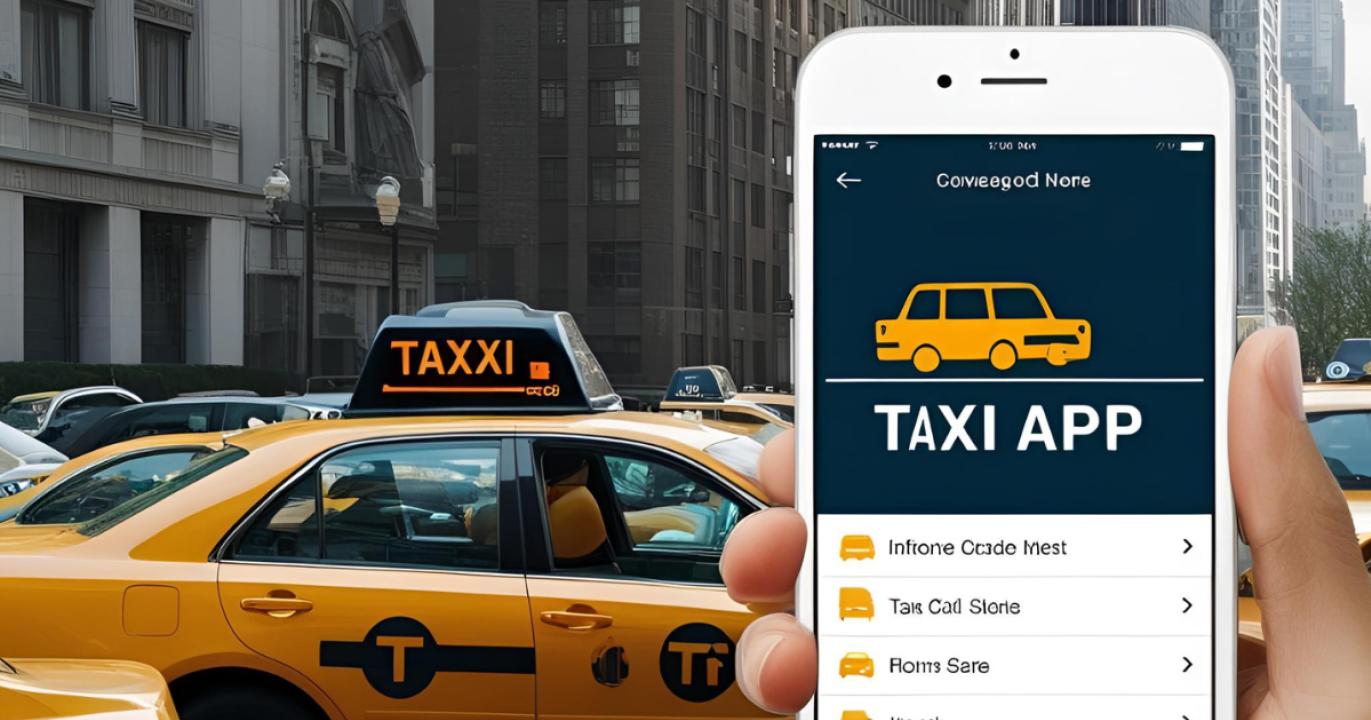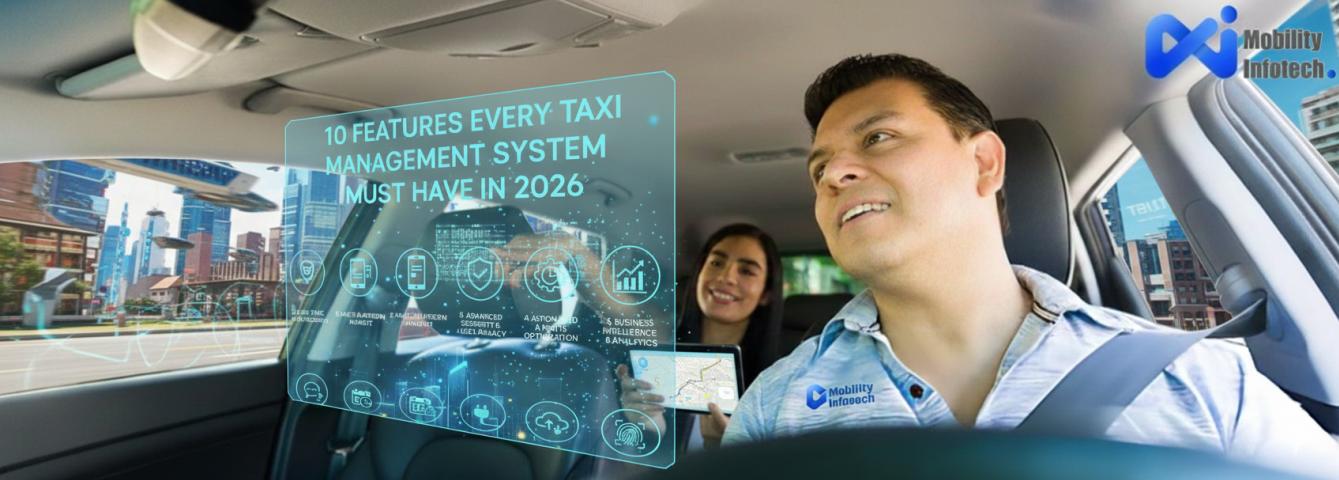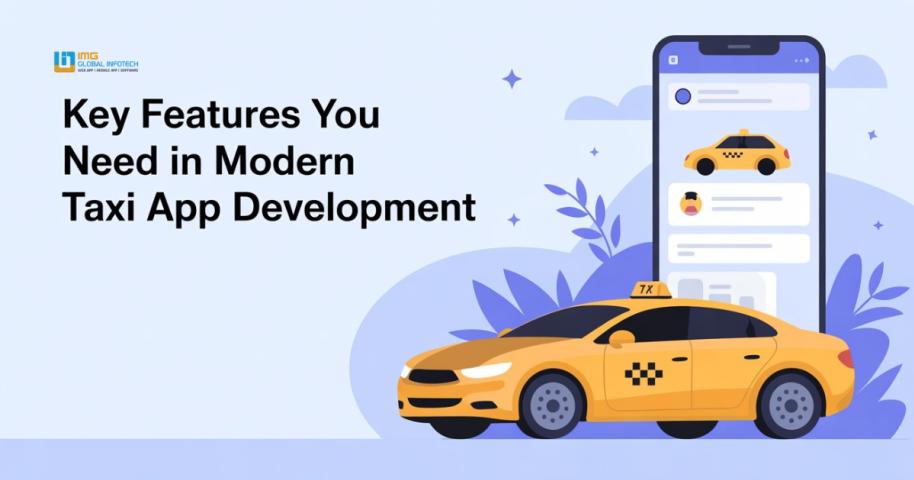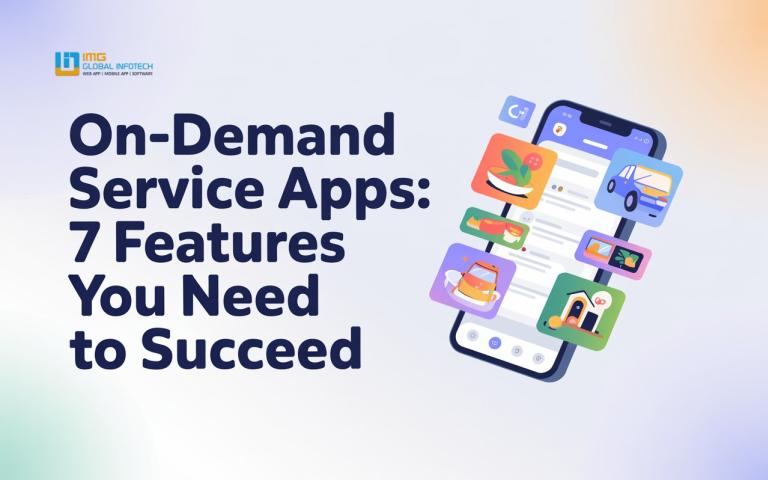With the unmatched growth of the ride-hailing taxi booking industry, developing an Uber clone app can be a profitable business opportunity. Whether you’re targeting a specific region or aiming for a global presence, here are the easy steps to follow for Uber clone app development.
Step 1: Conduct Market Research
Before starting the development process, conduct thorough market research to:
- Analyze competitors like Uber, Lyft, and Bolt.
- Identify user needs and preferences.
- Understand local regulations and licensing requirements.
Step 2: Define Core Features
A successful Uber clone should include essential ride-hailing features such as:
Passenger Features:
- User registration & login.
- Ride booking & fare estimation.
- Real-time GPS tracking.
- Multiple payment options (card, wallet, cash).
- Ride history & ratings.
Driver Features:
- Driver profile & document verification.
- Ride requests & acceptance.
- Navigation & route optimization.
- Earnings tracking & withdrawal options.
Admin Panel Features:
- User & driver management.
- Fare settings & commission management.
- Reports & analytics.
- Promotions & discounts management.
Step 3: Choose the Right Tech Stack
A robust technology stack ensures scalability and smooth performance. Recommended tech stack:
- Frontend: Swift (iOS), Kotlin (Android), React.js (Web)
- Backend: Node.js / Django / Ruby on Rails
- Database: PostgreSQL / MongoDB
- APIs & Integrations: Google Maps API, Twilio (SMS), Stripe / PayPal (Payments)
Step 4: UI/UX Design
Create an intuitive and attractive interface for both passengers and drivers. Focus on:
- Simple navigation.
- Seamless booking process.
- Eye-catching visuals and branding.
Step 5: Develop a Minimum Viable Product (MVP)
Start with an MVP to:
- Launch quickly with core features.
- Gather user feedback.
- Improve based on real-time data.
Step 6: Testing & Quality Assurance
Thoroughly test the app for:
- Bugs & crashes.
- Performance & security vulnerabilities.
- Compatibility with different devices.
Step 7: Launch & Marketing
Once your app is ready, launch it on the App Store and Google Play Store. Use marketing strategies like:
- Social media promotions.
- Referral programs.
- Influencer collaborations.
Step 8: Continuous Updates & Maintenance
Regular updates keep your app competitive. Focus on:
- Adding new features.
- Enhancing performance.
- Addressing user concerns.
Conclusion
Developing a uber clone app requires careful planning, strong execution, and continuous improvements. By following these easy steps, you can build a successful ride-hailing app that meets market demands.
Contact a prominent taxi app development agency for the best uber clone app development.













